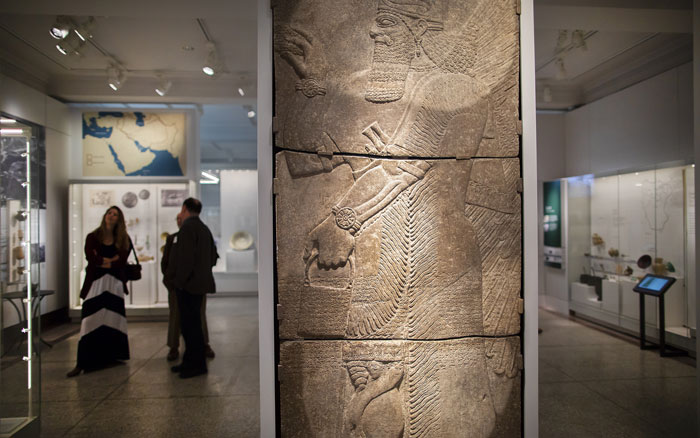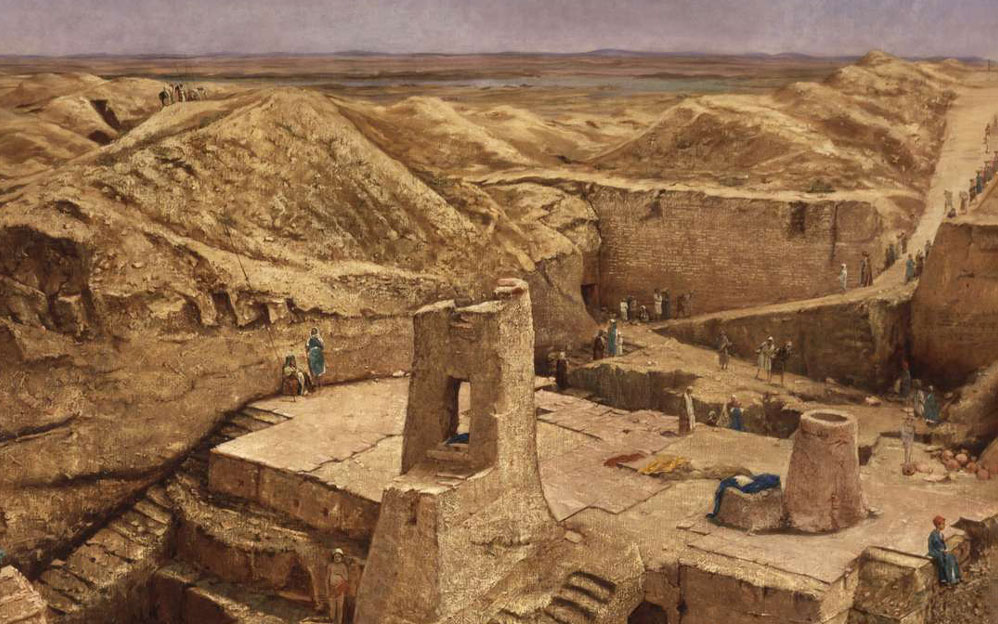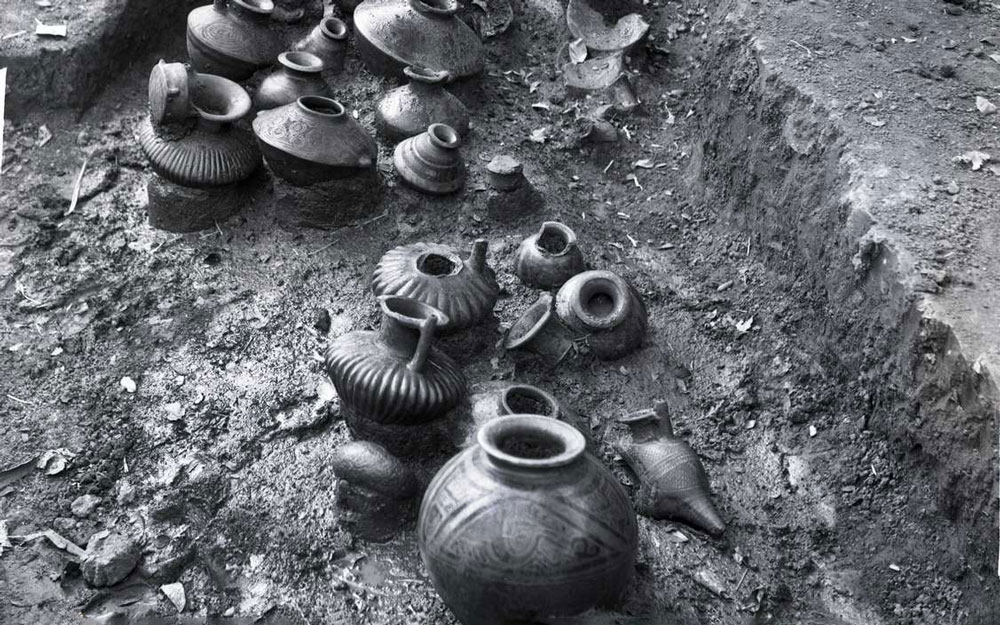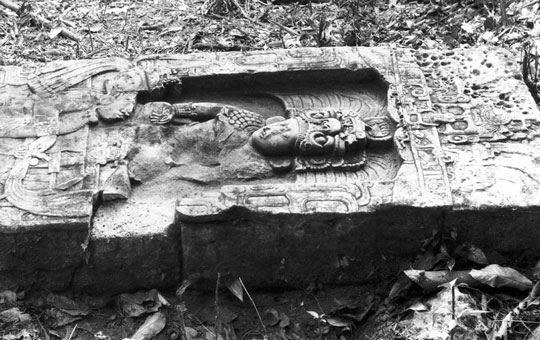Online Collections
Explore Penn Museum collections information, images, archival films, and more.
Notice for Collections Content
These records describe cultural and historical items that may be culturally sensitive. Some records may document human remains; others may contain names, images, or recordings of deceased individuals or include information or language that is outdated, offensive, or incorrect. These are based on past collecting practices and interpretations, which may not reflect current views and values of the Penn Museum.
We update records and images regularly and encourage and welcome members of descendant communities, scholars, and others to contact us with feedback, questions, or concerns.

Great Monuments
2020-2021 Lecture Series
Monuments have been constructed throughout history—but why, how, and to what end? Join acclaimed Penn faculty and invited special guests as they examine the definition of a monument, what monuments of the past mean to the world today, whether they hold deeper or changed significance than when they were first created, if their purposes have shifted over time, and many more questions.
Watch Series
Nippur, Iraq
Located in the marshes of southern Mesopotamia, in modern-day Iraq, Nippur was one of the most sacred cities in the ancient Middle East. Between 1889 and 1900, the University of Pennsylvania was the first American institution to carry out archaeological excavations in this region. It revealed a multi-layer site with a long and complicated history, and, most significantly, a library of inscribed cuneiform tablets that have formed the basis of our understanding of the first literate society in the world, the Sumerians.

Sitio Conte, Panama
In the early 20th century, the Conte family noticed that the shifting course of the Rio Grande de Coclé was exposing ancient burials on the river’s edge. In 1940, the Penn Museum excavated Sitio Conte (Conte Site) and found archaeological evidence of a large cemetery including an impressive burial of a chief that had been buried with lots of gold and numerous other individuals.




